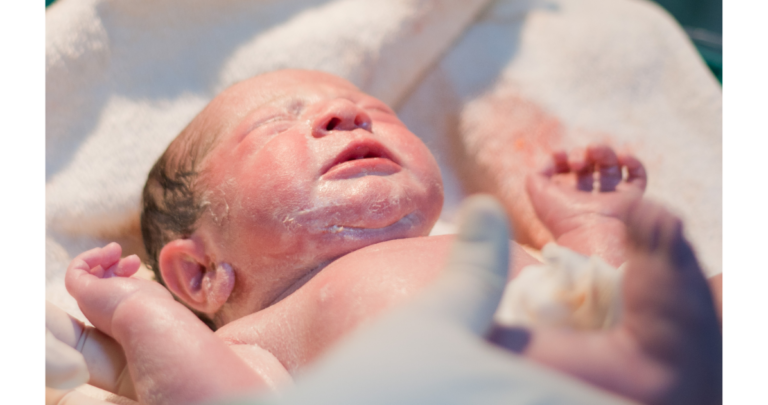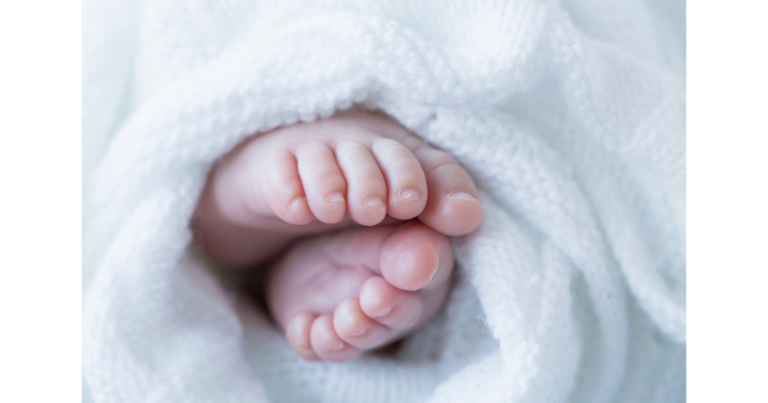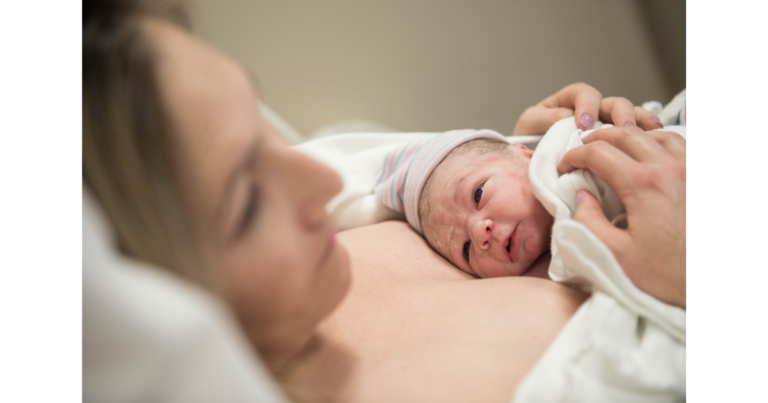What Is Placenta Trauma?
Placenta trauma is the trauma associated with the post-period of birth, commencing at the moment when the umbilical cord is cut and the baby is separated from the placenta – not from the mother.
Want to read and learn more about Lotus Birth? Below is a collection of Lotus Birth articles for you to enjoy.

Placenta trauma is the trauma associated with the post-period of birth, commencing at the moment when the umbilical cord is cut and the baby is separated from the placenta – not from the mother.

The journey of childbirth is a profound and transformative experience, not only for the newborn and mother but also for the placenta, a remarkable organ that sustains life within the womb. In the practice of caring for the placenta after birth, a serene and gentle process unfolds, emphasising the importance of stillness for both mother and baby.

Find answers to some of the more commonly asked questions about lotus birth.

Birth in no longer viewed as an emotional experience but one that is controlled and depersonalised by birth attendants and the technology they use.

Lotus birth offers babies space and time after birth to stay connected to the deep knowing that resides within the placenta.

The creation of the placenta is one of the most mysterious and ingenious acts of creation, one about which we actually know very little, even though our very existence has depended on it.

The placenta and cord are regarded as waste in the Western world. Whereas other cultures honour and care for the placenta in many ways.

Lotus Birth is a call to pay attention to the natural physiological process of birth and return to the rhythms of nature.

In the last two centuries, medical intervention during pregnancy and childbirth has become the norm in most Western countries. In most parts of the world before the 17th century, childbirth was the domain of women and hospital birth was virtually unheard of until the 20th century.